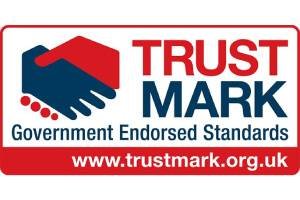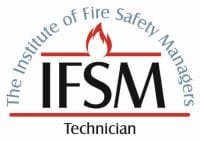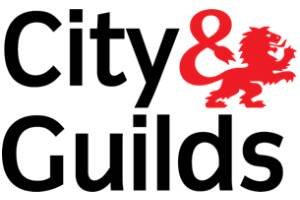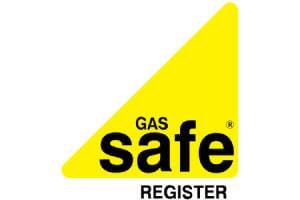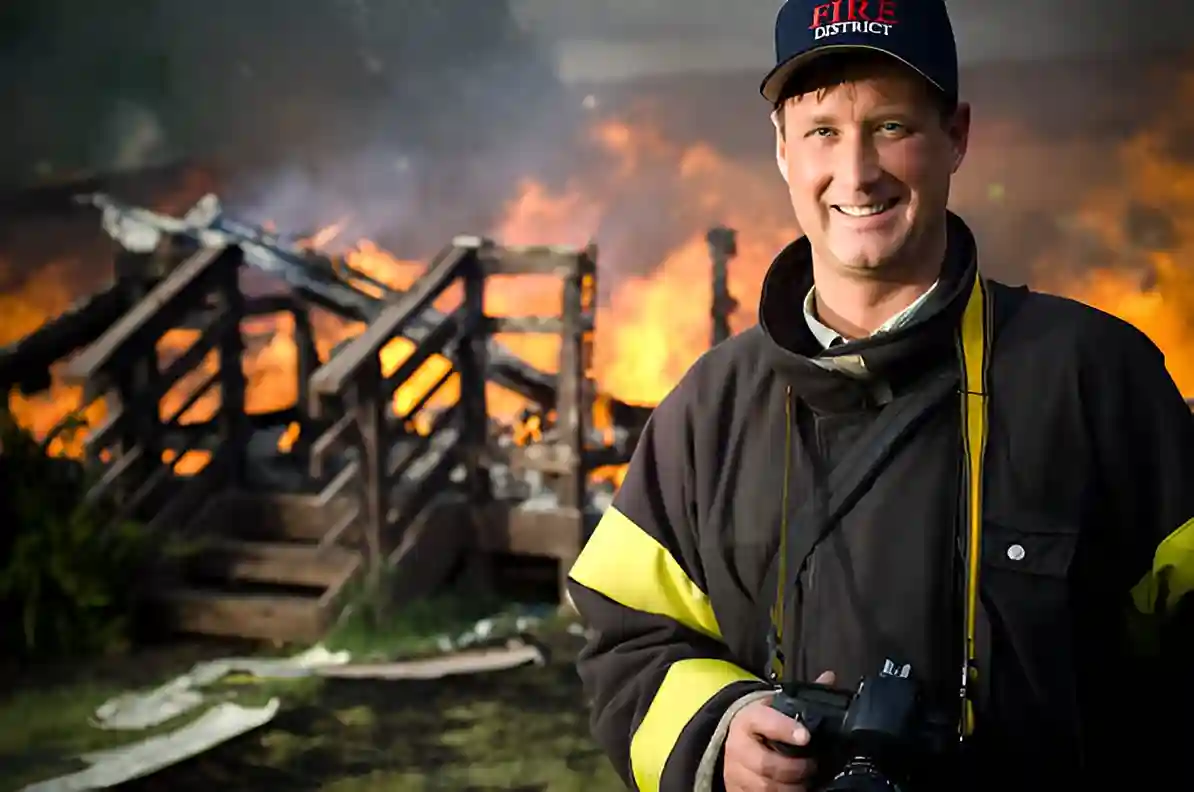
HMO fire risk assessments are essential for landlords to guarantee tenant safety and comply with legal standards. These assessments help spot fire risks within multiple-occupancy dwellings, including faulty electrical systems and inadequate escape routes. Understanding the responsibilities and legal requirements surrounding fire safety can significantly impact both tenant welfare and property value.
Main Points
- Conduct regular HMO fire risk assessments to spot risks and ensure compliance with the Regulatory Reform (Fire Safety) Order 2005.
- Engage professionals for comprehensive evaluations and tailored solutions to enhance tenant safety and meet legal standards.
- Maintain clear escape routes and regularly inspect cooking equipment and electrical appliances to reduce common fire risks.
- Document findings and actions taken during assessments to ensure accountability and facilitate updates after significant changes or incidents.
- Educate tenants on fire safety regulations and encourage them to report dangers to maintain a safe living environment.
What Is an HMO Fire Risk Assessment and Why Is It Important?
An HMO fire risk assessment is the assessment of fire threats within an HMO, aimed at lessening risks to secure the safety of its occupants. This assessment is essential because HMOs often house multiple tenants, increasing the likelihood of fire-related incidents due to diverse lifestyles and varying levels of awareness regarding fire safety.
By performing a thorough fire risk assessment, landlords can pinpoint specific unsafe conditions such as inadequate fire exits, faulty electrical systems, or insufficient smoke detection. Understanding these risks allows for the implementation of effective safety measures, such as installing fire alarms, maintaining escape routes, and educating tenants on fire safety protocols.
Ultimately, a detailed HMO fire risk assessment not only protects the lives of those living in an HMO but also guarantees compliance with legal obligations, thereby safeguarding the landlord’s interests and promoting safety within the property.
Who Is Legally Responsible for Fire Risk Assessments in HMOs?
Determining who is legally responsible for fire risk assessments in HMOs is primary for maintaining adherence to updated UK laws and regulations.
Generally, the landlord or managing agent holds the main responsibility for conducting these assessments. This order includes examining the property for unsecure situations and implementing safety measures.
In cases where an external agency manages the property, the landlord must make certain that the managing agent is trained and capable of fulfilling this legal requirement.
Tenants also play a role in maintaining safety; they are expected to comply with fire safety regulations and report any issues to the landlord or agent.
Failure to conduct proper HMO fire risk assessments can result in legal consequences, including fines or imprisonment.
As a result, understanding the delineation of responsibilities is vital for landlords to protect their tenants and themselves from liabilities.
Understanding the Key Fire dangers in HMOs
Fire risks in Houses in Multiple Occupation (HMOs) present considerable risks that must be carefully managed. Various factors contribute to these dangers, including the presence of multiple tenants, diverse cooking practices, and differing lifestyles.
Common fire risks include cooking equipment, such as stoves and ovens, which can easily lead to accidental fires if left unattended. Additionally, the use of flammable materials, such as furniture and decorations, can increase the capacity for rapid fire spread.
Electrical appliances, often used by tenants, may also pose a risk if improperly maintained or overloaded. Moreover, inadequate escape routes may hinder safe evacuation during a fire emergency.
Landlords must be vigilant about spotting these dangers and implementing appropriate safety measures. Regular inspections and tenant education regarding fire safety practices can markedly reduce the likelihood of fire incidents, ensuring a safer living environment for all residents in the HMO.
Legal Requirements for HMO Fire Safety in the UK
In the UK, landlords of Houses in Multiple Occupation (HMOs) must adhere to specific legal requirements to guarantee fire safety for their tenants. The Regulatory Reform (Fire Safety) Order 2005 requires landlords to regularly perform fire risk assessments, spot fire threats, and take appropriate precautions.
Additionally, HMOs are required to adhere to licensing conditions set by local authorities, which typically include fire safety requirements like smoke alarms, fire doors, and designated escape routes.
Landlords are responsible for maintaining these safety features and ensuring that communal areas are kept clear of obstructions. In addition, they must provide tenants with clear fire safety instructions and conduct regular fire drills.
Failure to comply with these regulations can lead to significant legal repercussions, including fines and imprisonment. By understanding these legal obligations, landlords can create a safer living environment for their tenants while ensuring compliance with UK fire safety laws.
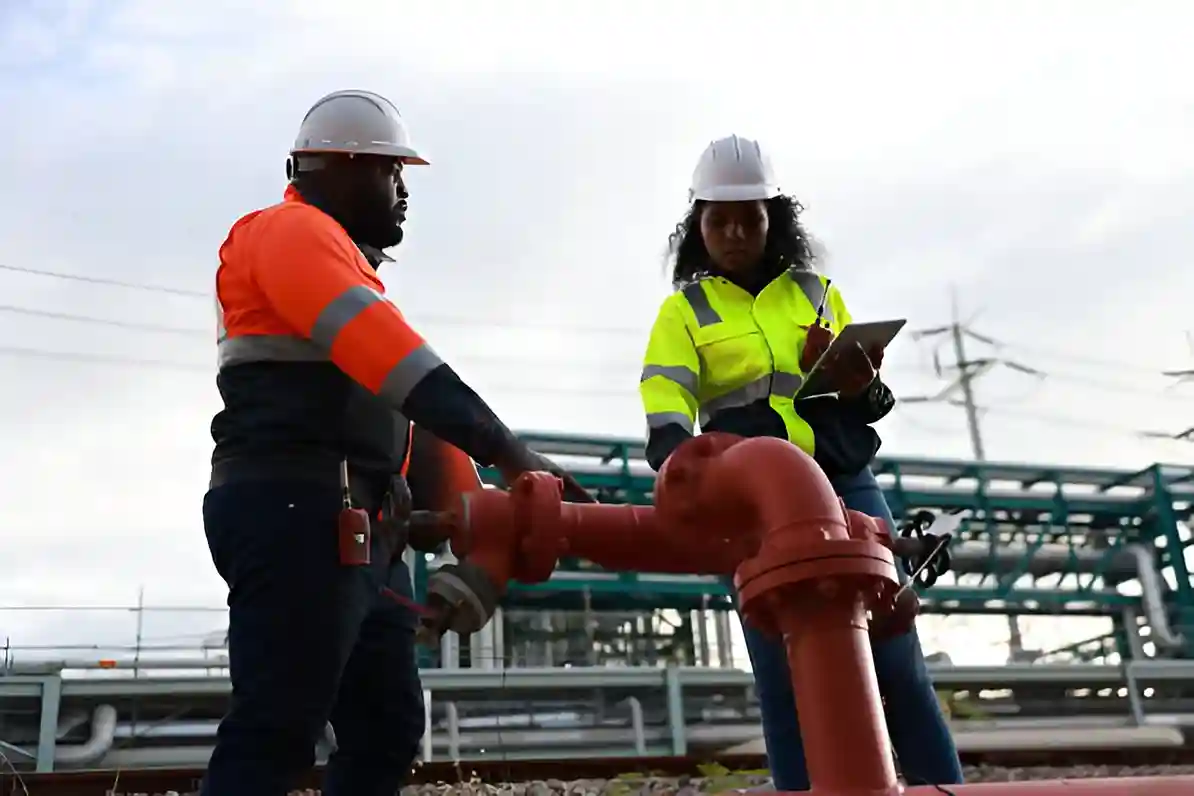
How to Carry Out a Fire Risk Assessment for Your HMO
Conducting a fire risk assessment for a House in Multiple Occupation (HMO) is an essential process that allows landlords to discover unsafe conditions and implement appropriate safety measures. This assessment should be systematic, covering all areas of the property.
The following table outlines key steps in conducting a fire risk assessment:
| Step | Description | Responsible Party |
|---|---|---|
| Determine risks | Look for sources of ignition and fuel | Landlord/Manager |
| Assesses Risks | Assess the likelihood and impact | Landlord/Fire Safety Expert |
| Record Findings | Document all threats and actions taken | Landlord3 Value 3 |
| Review and revise | Update assessment regularly | Landlord3 Value 4 |
| Train Occupants | Educate tenants on fire safety measures | Landlord/Manager3 Value 5 |
Common Mistakes Landlords Make (and How to Avoid Them)
Many landlords overlook primary aspects of HMO fire risk assessment, which can lead to serious consequences. One common mistake is neglecting to conduct regular fire risk assessments. These assessments are essential for detecting unsafe conditions and guaranteeing compliance with legal obligations.
Another frequent oversight involves inadequate training for tenants regarding fire safety protocols. Landlords should make sure that tenants are aware of escape routes and the use of fire safety equipment.
Furthermore, failing to maintain smoke alarms and other safety devices can considerably increase the risk. Landlords must prioritise regular checks and prompt replacements when needed.
Additionally, some landlords underestimate the importance of clear signage related to fire exits and equipment. Proper signage improves visibility and accessibility during emergencies.
How Often Should You Update Your HMO Fire Risk Assessment?
How frequently should landlords update their fire risk assessments for HMOs? Regular updates are essential to guarantee tenant safety and compliance with regulations.
Landlords should consider updating their assessments under the following circumstances:
- Significant property alterations: Any structural changes or renovations can affect fire safety.
- Change in occupancy: A shift in the number or type of tenants necessitates a review.
- New fire safety legislation: Updates in local or national regulations may require reevaluation.
- Incidents or near misses: Any fire-related incidents should trigger an immediate reassessment.
- Routine reviews: A regular review, typically every 12 months, is advisable to maintain an up-to-date assessment.
Penalties for Non-Compliance with HMO Fire Risk Assessment Regulations
Failure to comply with HMO fire safety regulations can lead to significant penalties for landlords, including hefty fines and legal action. Local authorities are empowered to enforce these regulations, and non-compliance can result in fines ranging from hundreds to thousands of pounds, depending on the severity of the violation.
In addition to financial repercussions, landlords may face criminal charges if negligence is proven, particularly when non-compliance causes harm to tenants.
Additionally, landlords may be subject to an immediate improvement notice, requiring them to rectify safety issues within a specified timeframe. Failure to adhere to such notices can escalate the situation, leading to further legal consequences.
Likewise, non-compliance can adversely affect insurance claims, leaving landlords financially vulnerable in the event of a fire. Consequently, HMO landlords need to prioritise compliance with fire safety regulations to protect both their tenants and their investments.

Why choose us for professional HMO fire risk assessment
Guaranteeing compliance with HMO fire safety regulations is a complex task that requires expertise and attention to detail. Engaging professionals for HMO fire risk assessments offers landlords peace of mind and assurance that their properties meet legal standards.
These experts provide invaluable services, guaranteeing thorough evaluations that prioritise tenant safety.
- Comprehensive Knowledge: Professionals possess a deep understanding of fire safety regulations and best practices.
- Tailored Assessments: Each property receives a customised evaluation based on its unique characteristics and risks.
- Accurate Reporting: Detailed reports highlight threat spots and recommend actionable solutions.
- Ongoing Support: Experts offer continued guidance to guarantee compliance over time.
Risk alleviation: Identifying risks early helps prevent costly incidents and elevates tenant safety.
Frequently asked questions.
Conclusion
To sum up, conducting a thorough HMO fire risk assessment is essential for landlords to guarantee tenant safety and comply with legal regulations. By understanding fire threat, fulfilling legal responsibilities, and avoiding common pitfalls, landlords can create a safer living environment. Regular updates to the assessment and professional guidance further elevate safety measures. Ultimately, prioritising fire risk assessments not only protects tenants but also safeguards the landlord’s investment in the property, fostering a secure and compliant rental experience.


